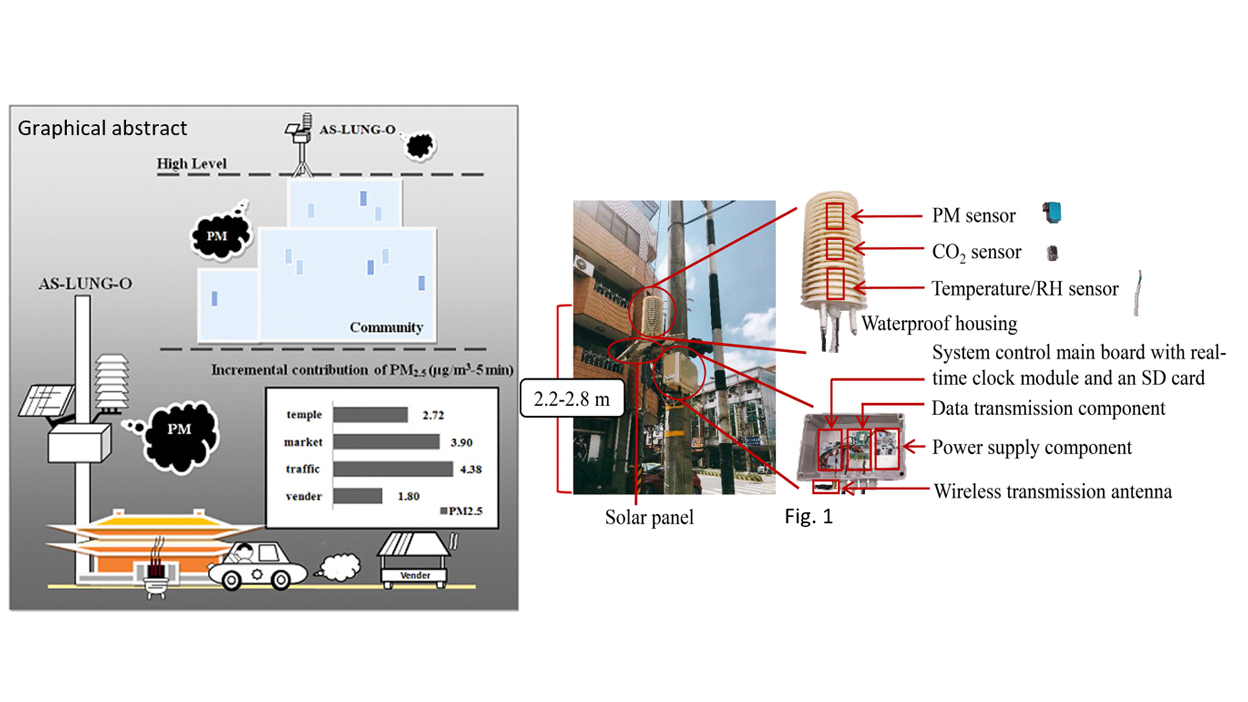


Fig. 1 shows an AS-LUNG-O attached to a light pole; the size of the whole set is roughly 60 cm (W) * 50 cm (D) * 50 cm (H). Its weight is approximately 4.8 kg, including the sensors with waterproof housing (1.2 kg), the protection case with system main board (1.1 kg), the solar panel (1.5 kg), and the supporting racks (1.0 kg). This AS-LUNG-O setup is actually fading into the background without arousing attention which prevents vandalism. The basic manufacturing cost is around USD 650, not including cost for research and development.
This study evaluated a newly developed sensing device, AS-LUNG-O, against a research-grade GRIMM in laboratory and ambient conditions and used AS-LUNG-O to assess PM2.5 spatiotemporal variations at street levels of an Asian mountain community, which represented residents' exposure (at the interface of atmosphere and human bodies leading to potential health impacts).
In laboratory, R2 of 1-min AS-LUNG-O and GRIMM was 0.95 ± 0.04 (n = 64,179 for 40 sets). After conversion with individual correction equations, their correlation in ambient tests was 0.93 ± 0.05, with absolute % difference of only 10 ± 9%. Ten AS-LUNG-O sets were installed at street sites with another one at 10 m above ground on July 1–28 and December 2–31, 2017 in Nantou, Taiwan. Important source contributions to PM2.5 were quantified with regression analysis. Temporal variation expressed as the daily max/mean of 5-min PM2.5 reached 13.7 in July and 12.2 in December. Spatial variation expressed as the percent coefficients of variance (%CV) across ten community locations was 22% ± 20% (max: 199%) in July and 19 ± 18% (max: 206%) in December. Incremental contribution from the stop-and-go traffic, market, temple, and fried-chicken vendor to PM2.5 at 3–5 m away were 4.38, 3.90, 2.72, and 1.80 μg/m3, respectively. Significant spatiotemporal variations and community source contributions revealed the importance of assessing neighborhood air quality for public health protection. For long-term air quality monitoring, the percentage of available power and signals of G-sensor provided indicative information of maintenance required. Advantages of low cost (USD 650), small size, light weight, solar power supply, backup data storage, waterproof housing, multiple-sensor flexibility, and high precision and accuracy (after correction) enable AS-LUNG-O to be widely applied in environmental studies.
Key points
More information